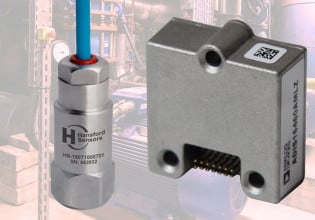M
Please, can someone explain in simple terms what is difference between primary and secondary frequency regulation?
If I understood correctly, primary regulation is a spontaneous reaction of turbine's control valves ( in case of steam turbine) to changes of frequency in the system.
I don't know what is secondary regulation.
Thanks
If I understood correctly, primary regulation is a spontaneous reaction of turbine's control valves ( in case of steam turbine) to changes of frequency in the system.
I don't know what is secondary regulation.
Thanks






